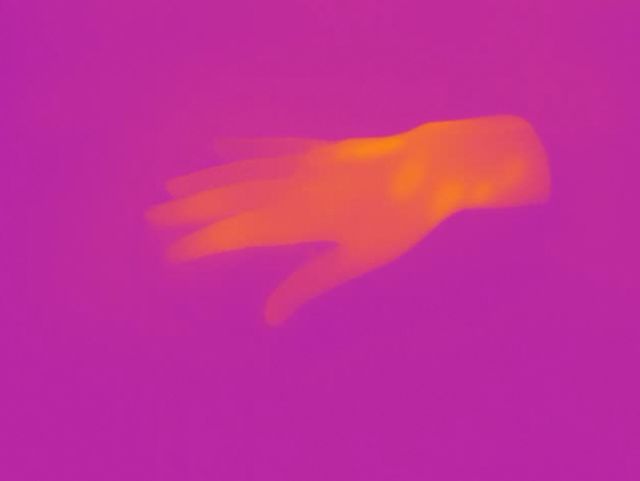
Relational Voodoo is Sema Bekirovic's third solo show at gallery Stigter Van Doesburg.
Bekirovic’s work is best described as playful conceptualism. Like reality, it's a universe of temporary constellations wherein objects, people, animals and/or chemical reactions trigger one another into acting out their parts in a play directed by coincidence. Bekirovic tries to create a field of tension between the parameters she defines and her subject's personal agenda. She eschews a hands-on, interfering approach, allowing her subject to co-author the work.
Viewed this way, the relation in ‘Relational Voodoo’ does not necessarily entail an interpersonal one. It can be any number of relations between person and object, animal and object, object and object, potential and actual, et cetera.
“A lot has been said about the agency of objects (mostly in the context of actor-network theory). At the same time research in neurology leads us to question the existence of free will. One could argue that we are closer to being objects than we think. Theories and positions such as these inspire me as an artist, not in the least because they tie in so well with my way of dealing with the question of authorship in my work.”
For the work ReIational Voodoo Bekirovic bought different objects at flea markets. By revealing all the fingerprints and smudges on these objects through forensic methods, she creates an impression of the object's personal history and shows how a piece of our identity is transferred onto everything we touch.
In the three-channel video ‘The Radiance of Sensible Heat’ we see a blind masseur attempting to identify clay models of a hand, eye and ear by touch. The video was filmed with a heat-sensitive camera, focusing on the transference of body heat from hands to objects, bringing them into focus as they light up with the heat.
In the video ‘Shoes’ a pair of shoes is exposed to a chemical reaction. It looks like the shoes are trying (and failing) to "grow" a wearer. Maybe we could see this as a reflection on the artistic process, where unexpected and un-asked for results are the order of the day.
In the series ‘Combustions’, photographic paper is exposed by burning it, after which the photos are developed in the traditional (analogue) manner. We see both the photographic representation and the physical remnant of the burning. Since it is the paper itself that burns and leaves the image, we could say it actually exposed itself.
The artist thanks Filmfonds, Mondriaanfonds, Flir and Aaplab.